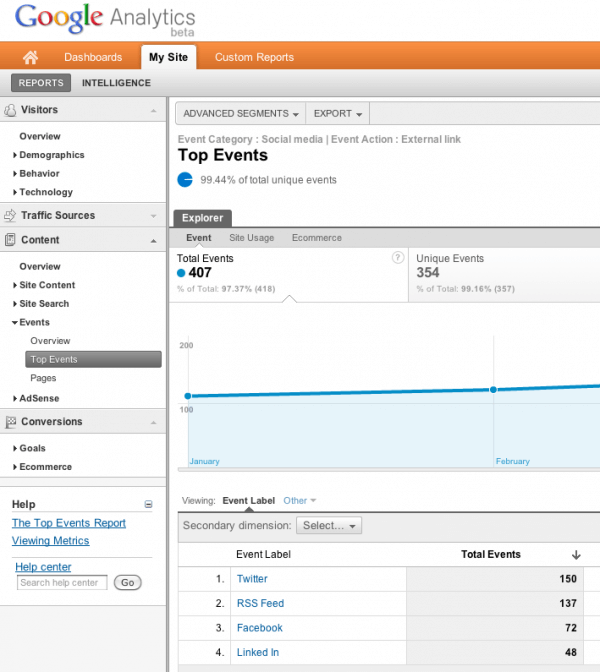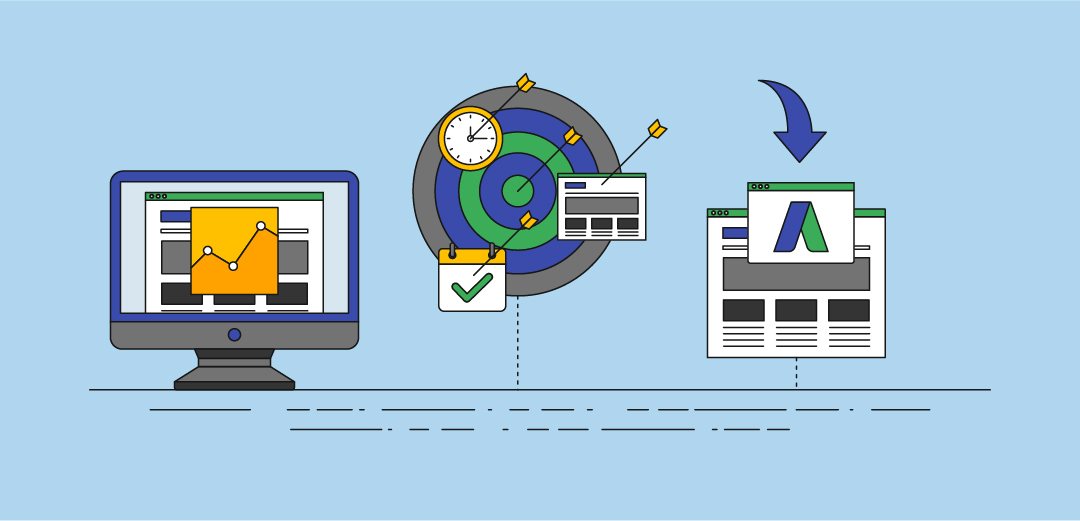Trick Insights on What Data Is Google Analytics Goals Unable to Track
Trick Insights on What Data Is Google Analytics Goals Unable to Track
Blog Article
Discover the Limitations of Google Analytics Goals: Introducing the Data Types That Remain Untrackable
As services significantly count on data-driven decision-making, understanding the constraints of tools like Google Analytics becomes paramount. While Google Analytics Goals deal valuable understandings into customer interactions, there exist information kinds that avoid monitoring, presenting obstacles to a thorough understanding of individual actions. These untrackable data kinds question regarding the precision and completeness of the analytics information that companies heavily trust for their digital methods. Curious to uncover the covert unseen areas in your data evaluation procedure?
Insufficient Individual Journey Tracking
Incomplete individual journey monitoring within Google Analytics can impede the capacity to properly analyze user behavior. When the user trip is not fully tracked, there are voids in the data that protect against a comprehensive understanding of how users communicate with a web site. This absence of understanding can bring about missed out on chances for optimization and improvements to the individual experience.
One usual problem with incomplete customer journey monitoring is the failure to see the complete course that customers take in the past finishing a goal or leaving the site. Without this details, it is challenging to determine where users might be experiencing challenges or friction factors that avoid them from converting. Additionally, insufficient monitoring can cover the effect of certain marketing initiatives or internet site adjustments on individual behavior.
To resolve this constraint, it is vital to establish proper monitoring devices within Google Analytics to catch the entire user trip. This might include setting up occasion tracking, objective funnels, or using devices like Google Tag Supervisor to ensure that no important interactions go unrecorded. By getting an extensive view of the individual journey, internet site owners can make even more informed choices to improve customer engagement and drive conversions.
Acknowledgment Challenges
Navigating through attribution difficulties in Google Analytics calls for an extensive understanding of exactly how different touchpoints contribute to the general conversion process. Acknowledgment obstacles arise from the complexity of contemporary client trips, where individuals connect with several networks prior to transforming.
One usual attribution challenge is the difficulty in attributing conversions to the right resource, specifically in situations where customers connect with multiple networks prior to transforming. This can cause mistakes in identifying which advertising and marketing initiatives are driving one of the most conversions. In addition, cross-device tracking positions one more attribution challenge, as individuals often switch over in between tools throughout their trip, making it challenging to track their interactions perfectly. Marketing experts need to very carefully analyze and analyze acknowledgment information to make enlightened decisions and optimize their advertising techniques properly.
Offline Conversions
Offered the difficulties linked with associating conversions precisely in online networks, the measurement of offline conversions provides a considerable opportunity for marketers seeking an extra detailed understanding of their customers' trip. Offline conversions describe activities that clients absorb the real world, such as making acquisitions in brick-and-mortar stores or over the phone, participating in events, or engaging with published materials - what data is google analytics goals unable to track. These conversions are important for organizations that browse this site operate both online and offline, as they provide useful understandings right into the performance of advertising projects across various touchpoints
Tracking offline conversions traditionally postured a substantial challenge for marketing professionals, as it was challenging to attach these actions back to details online interactions properly. Nevertheless, with innovations in innovation, such as the combination of CRM systems, unique identifiers, and discount coupon codes, services can currently link the gap between online and offline data to obtain a more holistic view of customer habits. By effectively measuring offline conversions, online marketers can optimize their approaches, designate resources much more effectively, and inevitably improve the general client experience.
Cross-Device Tracking
Cross-device monitoring plays a crucial duty in recognizing the interconnected nature of consumers' digital interactions throughout several devices. In today's omnichannel world, where customers effortlessly switch in between desktops, smart devices, and tablet computers, tracking their habits throughout these tools is crucial for marketers to obtain an extensive sight of their customer trip.

Additionally, privacy problems and regulations such as GDPR and CCPA have even more challenging cross-device tracking. With customers requiring even more control over their information and enhanced limitations on monitoring modern technologies, online marketers must discover privacy-compliant and ingenious ways to link user communications throughout gadgets.
Dynamic Web Content Involvement
Recognizing try this web-site customer involvement with dynamic content is pivotal in optimizing digital advertising methods for enhanced audience communication. Dynamic web content refers to site aspects that alter based upon customer actions, choices, or various other aspects, providing a tailored experience. Tracking user communications with dynamic content poses challenges for typical analytics devices like Google Analytics.
While Google Analytics can track basic interactions like clicks and web page views, it might struggle to capture more nuanced involvements within dynamic material. what data is google analytics goals unable to track. Metrics such as time invested in details dynamic components, float actions, or communications within pop-ups are often not conveniently quantifiable utilizing basic tracking approaches. This restriction prevents marketing experts' capacity to completely grasp just how individuals are involving with dynamic web content and tailor their strategies as necessary

Final Thought
In conclusion, Google Analytics objectives have constraints in tracking incomplete individual trips, connecting conversions properly, recording offline conversions, tracking cross-device communications, and determining vibrant web content involvement. These restrictions highlight the value of discovering added why not find out more monitoring techniques and tools to get a much more detailed understanding of customer actions and conversions past what Google Analytics can give.
While Google Analytics Goals offer useful understandings right into individual communications, there exist information kinds that avoid tracking, posing obstacles to a detailed understanding of customer actions.Incomplete individual journey tracking within Google Analytics can impede the capacity to precisely examine individual habits. When the customer journey is not completely tracked, there are gaps in the data that protect against a thorough understanding of just how individuals interact with an internet site.One common issue with insufficient individual trip tracking is the lack of ability to see the complete path that users take in the past completing a goal or leaving the site. By acquiring an extensive view of the individual trip, internet site owners can make even more educated decisions to improve user interaction and drive conversions.
Report this page